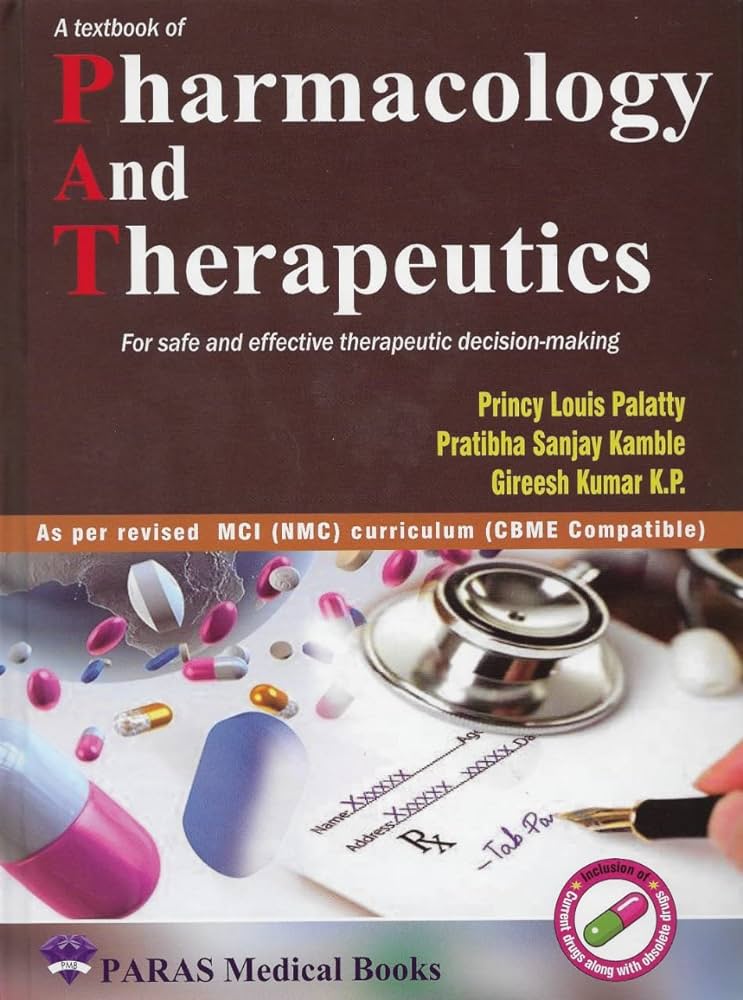Annexin A1 in neurological disorders: Neuroprotection and glial modulation
IF 12.5
1区 医学
Q1 PHARMACOLOGY & PHARMACY
引用次数: 0
Abstract
Neurological disorders, such as neurodegenerative and neuroinflammatory diseases, have contributed significantly to global disability, even considering the rising life years expectations. Therefore, prevention, early diagnosis, and therapeutic alternatives have been essential to avoid the future collapse of health public systems. Annexin A1 (ANXA1), a Ca2 + −dependent protein, is a promising therapeutic candidate for neurological disorders. ANXA1, found in neurons and glia, displays roles in physiological and pathological processes. Despite ANXA1 undoubtedly maintains the blood-brain barrier (BBB) integrity, this review will focus on ANXA1 roles in neurons and glial cells. In neurons, the cytoplasmic expression of ANXA1 is associated with apoptosis, while its nuclear translocation is linked to ischemic neuronal death. Interactions with S100A11, the Tat-NTS peptide, and other molecules, modulate this translocation, suggesting potential therapeutic interventions. ANXA1 expressed on microglia modulates inflammation and efferocytosis. Post-translational modifications, such as SUMOylation, guide the role of ANXA1 in microglia polarization and neuroprotection. In addition, ANXA1 in astrocytes responds to inflammatory stimuli by influencing cytokine release. A comprehensive understanding of the intricate mechanisms of ANXA1 in neurons and glial cells reveals promising therapeutic strategies to alleviate neuronal damage in neurological diseases.
神经系统疾病中的膜联蛋白A1:神经保护和神经胶质调节。
神经系统疾病,如神经退行性疾病和神经炎症性疾病,是造成全球残疾的重要原因,即使考虑到预期寿命年数的增加。因此,预防、早期诊断和替代治疗对于避免公共卫生系统未来崩溃至关重要。膜联蛋白A1 (ANXA1)是一种Ca2 + 依赖性蛋白,是一种很有前途的神经系统疾病治疗候选者。在神经元和神经胶质中发现的ANXA1,在生理和病理过程中发挥作用。尽管ANXA1无疑维持了血脑屏障(BBB)的完整性,但本文将重点讨论ANXA1在神经元和神经胶质细胞中的作用。在神经元中,ANXA1的胞质表达与细胞凋亡有关,而其核易位与缺血性神经元死亡有关。与S100A11、Tat-NTS肽和其他分子的相互作用调节这种易位,提示潜在的治疗干预。小胶质细胞表达的ANXA1调节炎症和efferocycytes。翻译后修饰,如SUMOylation,指导ANXA1在小胶质细胞极化和神经保护中的作用。此外,星形胶质细胞中的ANXA1通过影响细胞因子的释放来响应炎症刺激。对神经元和神经胶质细胞中ANXA1复杂机制的全面了解揭示了缓解神经系统疾病中神经元损伤的有希望的治疗策略。
本文章由计算机程序翻译,如有差异,请以英文原文为准。
求助全文
约1分钟内获得全文
求助全文
来源期刊
CiteScore
23.00
自引率
0.70%
发文量
222
审稿时长
90 days
期刊介绍:
Pharmacology & Therapeutics, in its 20th year, delivers lucid, critical, and authoritative reviews on current pharmacological topics.Articles, commissioned by the editor, follow specific author instructions.This journal maintains its scientific excellence and ranks among the top 10 most cited journals in pharmacology.

 求助内容:
求助内容: 应助结果提醒方式:
应助结果提醒方式:


